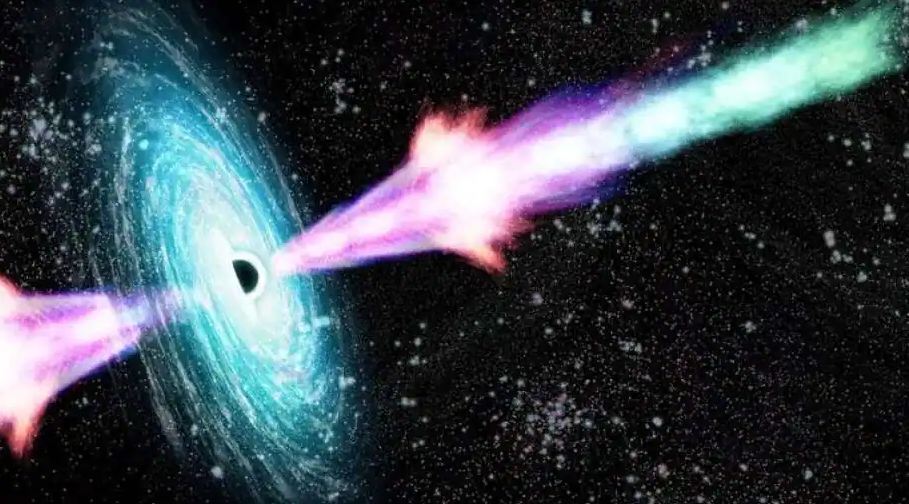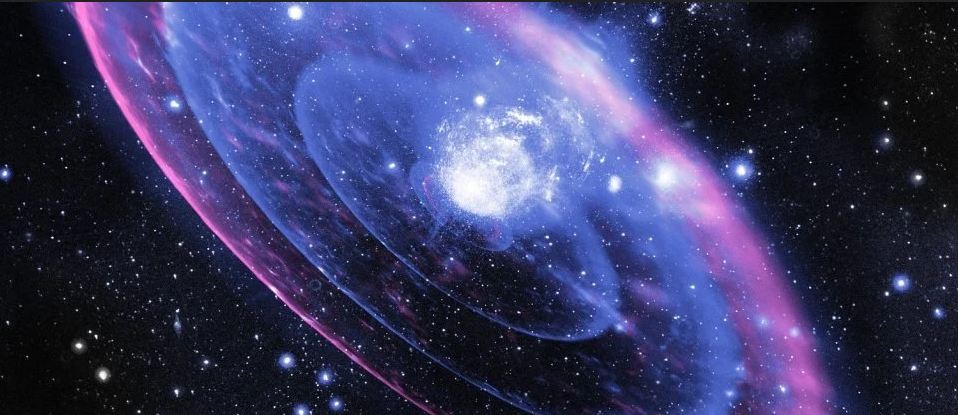New space discovery leaves astronomers in awe, but it’s not the first of its kind. A new gamma-ray burst has been detected, and it’s considered the shortest ever found in association with a collapsar.
Astronomers dubbed it GRB 200826A, and it might change the way we see these fantastic energetic happenings.
Curious to find out more?
Rare Collapser Under Investigation
According to a team of astronomers, GRB 200826A is the shortest long-soft gamma-ray explosion that sits on the brink between a failed and successful collapsar. And that’s quite the way to put out things.
The discovery is also consistent with a long-standing hypothesis: most collapsars can’t produce ultra-relativistic jets.
GRB 200826A features
The recently spotted gamma-ray burst was initially believed to be a different type of gamma-ray burst, most likely a short one. But astronomers came across another transient, a somehow rapidly fading bloom of light, that changed the perspective slightly.
“[…] this burst shows a duration of 1 second and no evidence of an underlying longer-duration event; these properties resemble those of long GRBs,” explained the authors of the new study.
And that’s not all. According to astronomer Tomas Ahumada of the University of Maryland, there’s more than meets the eye.
Hypernovae with hindered jets
Collapsars are also dubbed hypernovae, and they’re believed to be the aftermath of a violent core-collapse star death.
These cosmic features are also some of the most energetic supernovae astronomers have seen in the Universe. They happen when the core of a star, more than 30 solar masses, collapses to create a fast-spinning black hole.

So, what the astronomers think now, is that the discovery actually falls in the category of hypernovae with hindered jets.
What does this mean?
If it turns out to be accurate, then our way of the Universe might have just changed a bit. The reason?
It’s actually easy: it would mean that failure to spread jets might be quite common for collpasers; also, collpasers might not be as rare as we previously believed.
Of course, the team needs to figure more things out and release a final statement about the recent discovery. However, the new findings underscore just how significant it’s to keep our eyes on the sky.












Leave a Reply